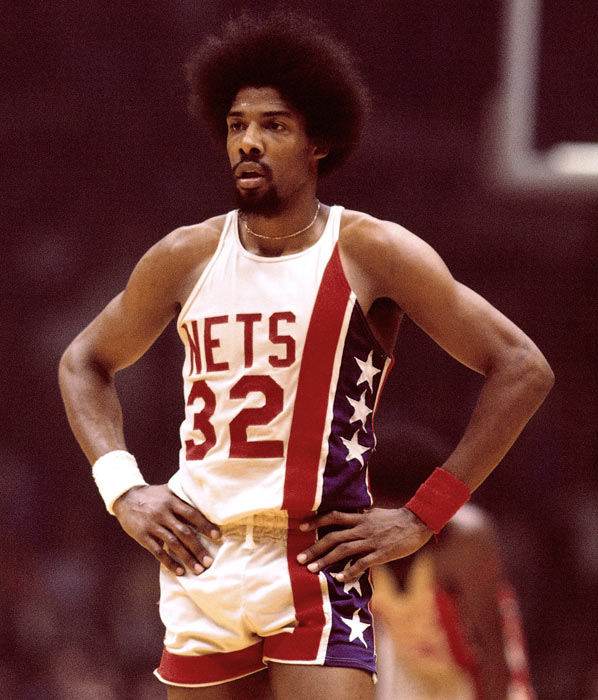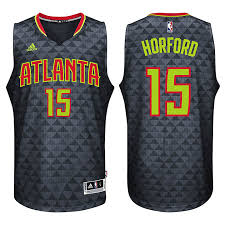Reacting to a sudden change in leadership
It's Monday night as I write this and of course just like you I am watching an NBA game and thinking about work, workplaces, and management.
The game in question is the Spurs vs. Nets and why this particular game is interesting (aside from it involving the always fun to watch Spurs team), is that it is the first game for the Nets following the (kind of) sudden firing of their head coach Lionel Hollins and the re-assignment/demotion of their GM Billy King on Sunday. The Nets players were certainly aware of their 10-27 record and position as one of the league's worst teams, but they would not have had much if any advance warning of the imminent sacking of their coach. From the Nets better days
From the Nets better days
Fast forward about 36 hours and these Nets have to take the court against the Spurs, one of the NBA's elite franchises, and possessors of a 32-6 record and winners of 5 NBA titles in the last 20 or so years. But the Spurs success is not what matters for my point today, but rather how the Nets players, and by means of extension, any of us react to a sudden change in our own organizational leadership.
The way I see it you, me, the guys playing for the Nets can react one of three possible ways to the news that the boss, the big boss, or the really, really big boss is suddenly gone, and there is a little bit of uncertainty about what is going to happen next.
1. Panic - even though I advised yesterday that in most cases that it is probably too late to panic, some folks inevitably will. In the Nets example, the player's agent will immediately start working the phones, looking for a potential new team for the player and leak stories to the media that the former coach never really gave the player a fair chance or used him in a way that best exploited his talents. For us 'normals', that means an instant LinkedIn profile update and bending the ear of everyone who will listen that the former leader 'never liked me' or 'always had it in for me.'
2. Enthusiasm - Some players on the Nets will see the change in leadership as a way to get a fresh start, and to try and impress the new leaders with extra effort and diligence to their tasks. These guys are probably ones who felt like for whatever reason they were not able to be their best selves under the old regime. They will in the short term work extra hard, and spend more time talking about the potentially bright future instead of focusing on the disappointments of the past. This reaction is usual reserved for younger players who are in the early stage of their careers and don't have much time or emotional commitment with the outgoing leadership.
3. Insubordination - The worst of all three potential reactions, and the one that can possibly cause lingering damage, is outright insubordination. Veteran players, especially ones with long-term, guaranteed contracts could consider themselves pretty insulated from any negative consequences and out and out work against the new leadership. This is particularly dangerous because very often the new leaders need the support of the organization's most senior and influential players. But these players, and the similarly long-tenured staff at any organization, often have outsized levels of power inside the group, and any new leader is going to have to find some common ground with them in order to try and fix what needs fixing.
When there is a sudden, and possible unexpected change in leadership everyone in the organization immediately begins to evaluate their own position, their place in the organization, and the health of the organization overall.
If you are a role player or a favorite of the old regime, it may indeed be time to start working your network and calling in some favors, as your days may be numbered as well. But if you were a solid worker who always thought you could do more but were never given the chance it could be your time to try and step up and fill in some of the leadership and talent vacuum.
If you are the new leader suddenly thrust into power, you'd do well to assess the folks on the team and sort out what group they seem to be falling in with before too long. Some will be with you, some will be against you, and some will just be a mess. It is good to know who is who.
Either way, these kinds of quick changes in leadership force us to be at least somewhat honest about our own place in the organization, and perhaps more importantly, force us to consider if we have a future with said organization as well.
Complacency can be a real bastard. It sometimes takes some dramatic change to wake us up.

 Steve
Steve


